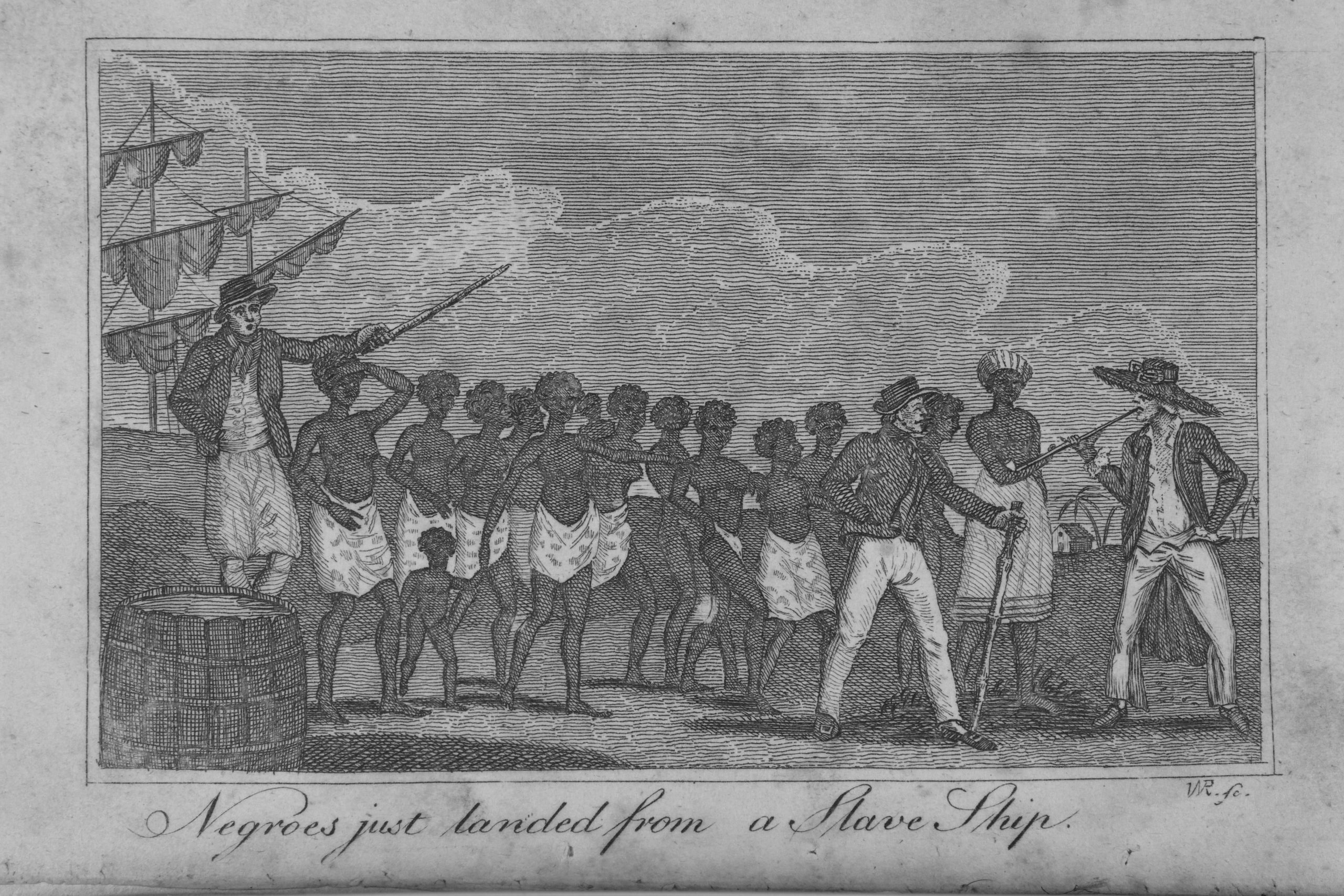
Around 1712, two women were transported by ship to Virginia’s Northern Neck. The elder was named Mary and the younger Bess, who was about 13 years old and Mary’s granddaughter. Witnesses who saw the pair come off the boat assumed, based on their appearance, that they were both American Indians. The witnesses relayed that both Mary and Bess had a light complexion and straight hair that went down to their waists. No one knew from where they came.
Bess bore children, and they all became enslaved. The reasons for their enslavement are not documented. Thomas Smith of Richmond County enslaved one of Bess’s children, a girl named Sarah. Sarah gave birth to several children, one of whom, Rachel, was born between 1764 and 1774. As time passed, Sarah’s children were either given or sold to members of Thomas Smith’s family. Rachel was given to Smith’s daughter Jane, who was married to Charles Dunnaway. During this time, she acquired the surname Veney. According to people in the area who knew Rachel and her family, they received this surname from the maternal side of the family.
Shortly after Thomas Smith’s death in the late 1780s, Sarah and five of her relatives filed separate suits against their enslavers in the district court of Northumberland County in an effort to win freedom for themselves and their descendants. Eighteen members of Sarah’s family, including Rachel, were co-plaintiffs in her suit against the administrator of Thomas Smith’s estate.
In each suit, the plaintiffs claimed freedom based on an act passed by the General Assembly in 1705, which declared all children should be enslaved or free according to the condition of their mothers. Given that their ancestors, Mary and Bess, were free Native Americans when they arrived in the Northern Neck decades earlier, the plaintiffs contended that they were also free and, therefore, being illegally held in slavery.
The counselor for Smith’s estate attempted to undermine Sarah’s claim to freedom. He argued that Sarah was legally sold into enslavement even if her mother and grandmother were free Native Americans. The counselor repeatedly cited an act further defining enslavement passed by the General Assembly in 1753, which he interpreted to read that “all Indians as well as in America and elsewhere …might be sold as slaves.” The court repeatedly interrupted the counselor to inform him he was mistaken in his understanding of the law, “but his zeal for his client led him still to insist on his point and argued it with earnestness to the jury.” Once he completed his closing statement to the jury, the court requested to stop insisting on a point that was “so contrary to law, reason, and humanity.”
In September 1791, the jury disagreed with the defense counsel’s argument and awarded Sarah, her children and grandchildren, and all her relatives who were descendants of Mary and Bess their freedom. However, Sarah’s daughter Rachel Veney and her children remained enslaved.
Around the time of Sarah’s trial, Charles Dunnaway had moved his family from Richmond County to Culpeper County, bringing Rachel Veney and her children with him. Dunnaway became aware of Rachel’s freedom suit and had concerns he would lose his “property.”
According to Virginia law, an enslaver could not sell or transfer enslaved persons after they filed a suit for freedom. Dunnaway chose to violate this law by selling Rachel and her children. But when the purchaser learned that they were plaintiffs in a freedom suit, he returned them. Undeterred, Dunnaway sold Rachel and her children to Bud Ryder, who told Dunnaway, “he [Ryder] would sell Rachel where she should never git [sic] free.”
The fate of Rachel and her family is continued in part two of this story.
Header Image Citation
Schomburg Center for Research in Black Culture, Manuscripts, Archives and Rare Books Division, The New York Public Library. “Negroes just landed from a Slave Ship.” New York Public Library Digital Collections. Accessed May 12, 2021.










Thank you so much for this story! They are my ancestors and this history is fascinating and painful to read at the same time.
Thank you for this story. They too are my ancestors. My name is Patsy Veney daughter of Stella Veney.
Greetings
While exploring my ancestors, Sarah was found in numerous blood lines. The article is very true. ✊?
Thank you for sharing. Sarah is my 7th great-grandmother.
I cried for her, and I’m glad her story is no longer forgotten
I saw this story about a CNN correspondent whose ancestor was this granddaughter! Professor Skip Gates did the research for ‘Finding Your Roots’. It brought him to tears , twice his female ancestors sued for their freedom and WON!